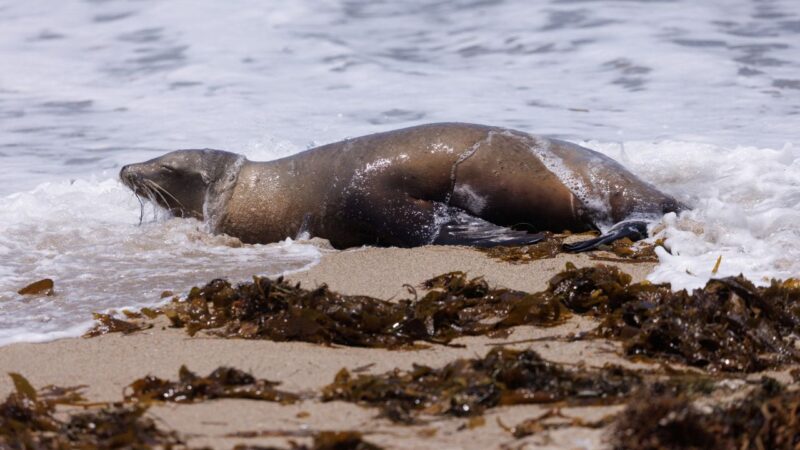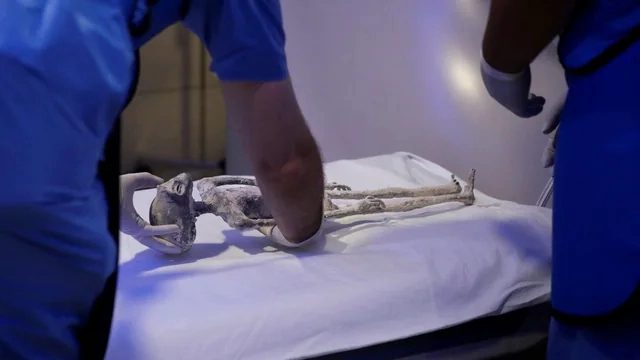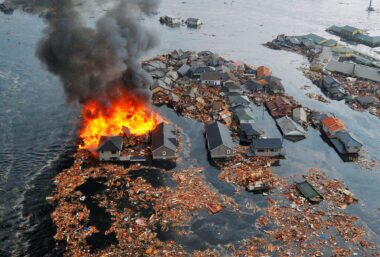A surge of marine animals, including sea lions and dolphins, are falling ill and washing up dead along California beaches due to a potent neurotoxin triggered by an algae bloom, known as “red tide,” in California. Marine biologists are closely watching as these sea lions serve as environmental sentinels. While these blooms naturally produce a neurotoxin called domoic acid, human influences like climate change and runoff do exacerbate them. Sea Lions, typically a common sight on California beaches, are now displaying distressing symptoms, from head swaying to foaming at the mouth, it is clear these creatures are struggling. Notably, domoic acid isn’t just a threat to marine life; humans can also get sick from consuming contaminated seafood. The California Department of Health has issued warnings about specific seafood sources such as, “sport-harvested mussels, clams, or scallops from Santa Barbara County”. It’s also important to note, that the current crisis in California isn’t solely due to warm water temperatures but rather coastal upwelling, which provides extra nutrients to fuel the algae. Understanding these complex causes is crucial as we confront climate change’s challenges. It highlights the need for a holistic approach to environmental management.
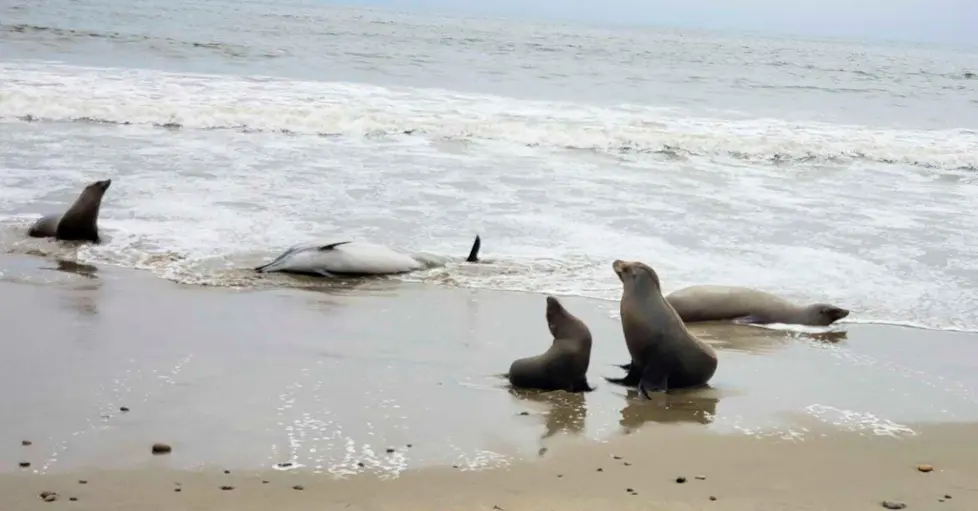
California’s wildlife experts tirelessly work to mitigate this crisis, as it is essential to recognize our interconnectedness with our oceans and coastal communities. Protecting these sentinel species and our marine ecosystems requires comprehensive strategies. Planet Earth is grateful for the united front of conservation efforts emerging to safeguard the affected creatures and the delicate coastal ecosystem, while dedicated organizations like the Marine Mammal Care Center in Los Angeles and the Channel Islands Marine & Wildlife Institute have mobilized rescue teams to provide immediate care to the distressed sea lions and dolphins. These teams are putting in all of their energy to nurse these animals back to health, and marine biologists and scientists are conducting ongoing research to better understand the causes and consequences of this particular algae bloom.
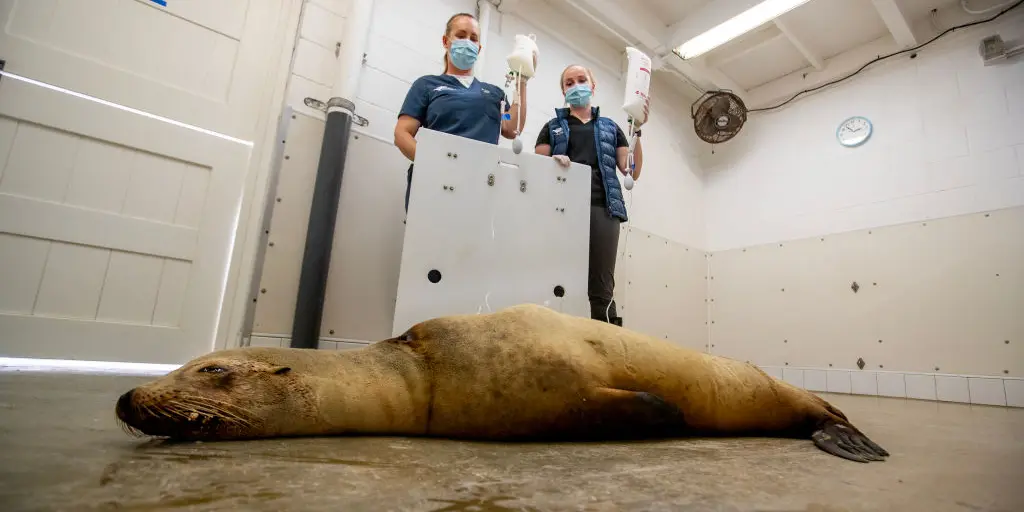
Our local communities, volunteers, and environmental organizations are organizing beach cleanups to help mitigate the impact of harmful algal blooms because they know that by removing debris and waste from the shoreline, these efforts reduce potential sources of contamination and maintain the cleanliness of our coastal areas. This scientific exploration will not only shed light on the current crisis but also contribute to future prevention and mitigation strategies, while the collective effort ensures that everyone plays a role in protecting our marine environment.





